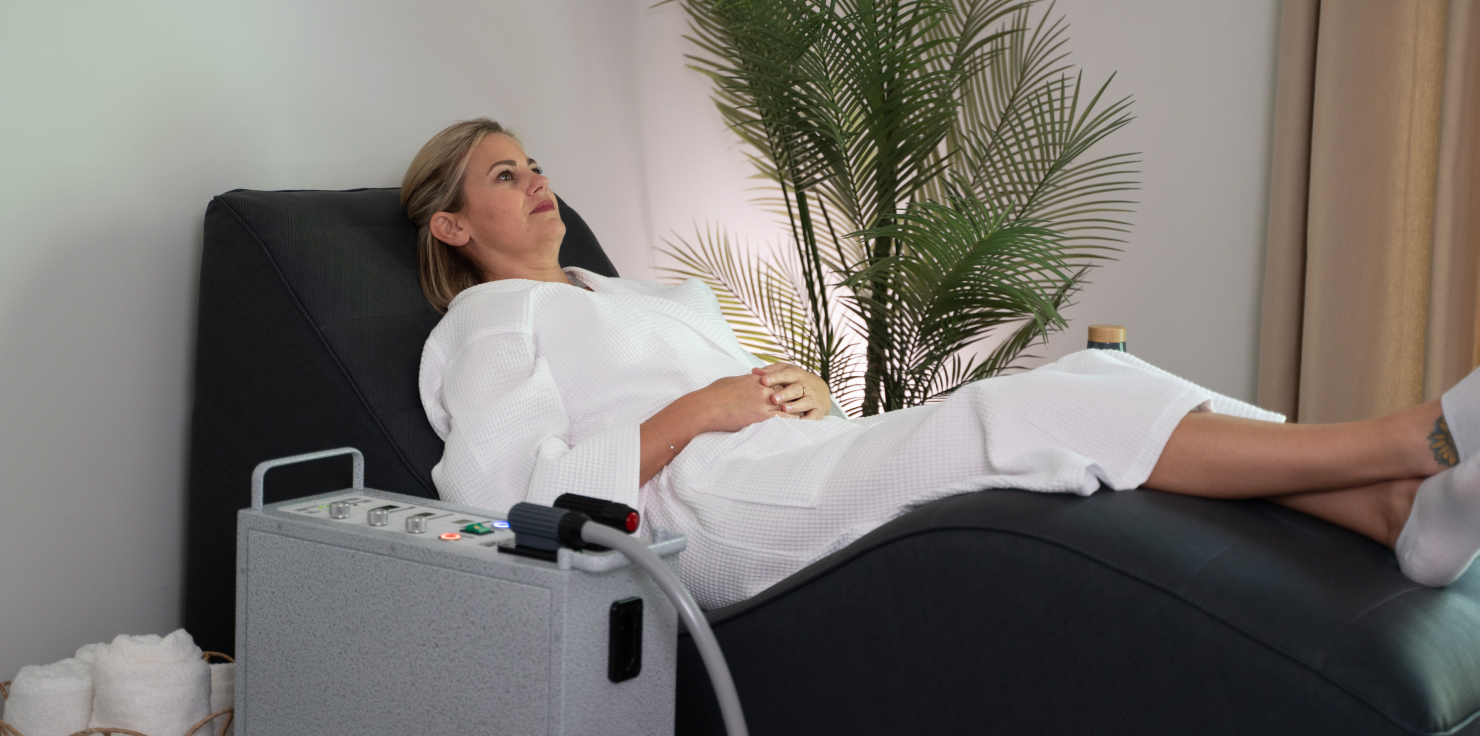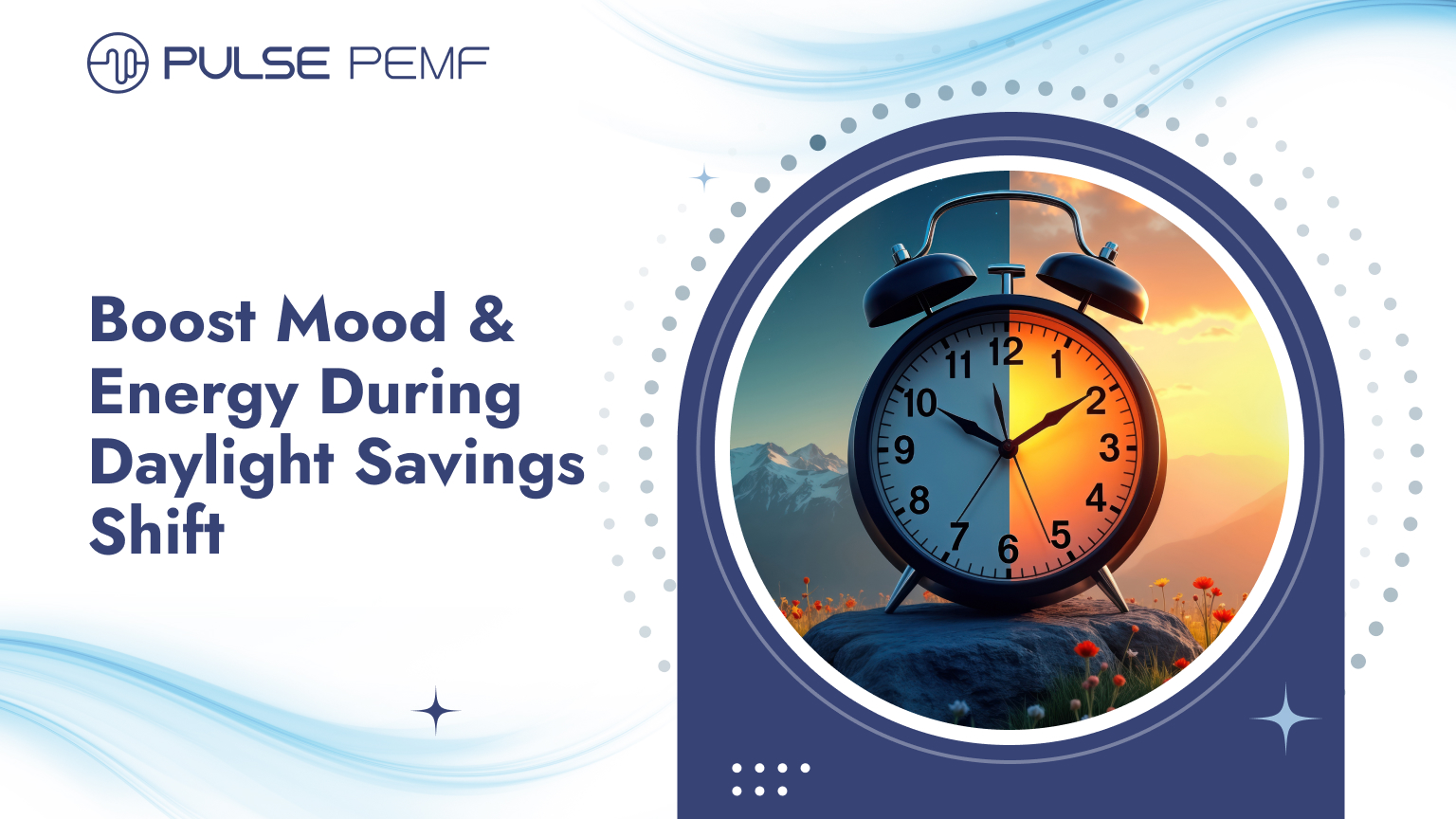Daylight savings time can wreak havoc on our internal clocks, leading to disrupted sleep patterns, mood swings, and decreased energy levels. As the days get shorter and the nights longer, it’s easy to feel sluggish and down.
In this blog post, we’ll explore practical tips and strategies to help you navigate the daylight savings time shift with ease. From adjusting your sleep schedule to incorporating natural light therapy, we’ll provide you with actionable advice to boost your mood and energy levels.
Understanding the Science Behind Mood & Energy Fluctuations
The Role of Circadian Rhythms in Mental and Physical Health
Our bodies operate on a natural internal clock called the circadian rhythm. This rhythm regulates our sleep-wake cycles, hormone production, and body temperature. When our circadian rhythm is disrupted, it can lead to various issues, including mood swings, fatigue, and difficulty concentrating.
Why Light Exposure is Essential for Mood and Energy

Light exposure plays a crucial role in regulating our circadian rhythm. When we’re exposed to natural light, our bodies produce serotonin, a neurotransmitter that helps regulate mood and sleep. Reduced exposure to natural light, especially during the shorter days of daylight savings time, can lead to decreased serotonin levels and increased melatonin production. This can contribute to feelings of sadness and fatigue.
In some cases, reduced light exposure can lead to Seasonal Affective Disorder (SAD), a type of depression that occurs during the winter months.
Practical Tips to Boost Mood & Energy During the Daylight Savings Shift
Here are some essential tips to help you enhance your mood and energy levels during this seasonal shift.
Optimize Your Sleep Routine
- Gradual Adjustment: Start adjusting your sleep schedule a few days before the time change to minimize the impact on your body clock.
- Calming Bedtime Routine: Create a relaxing bedtime routine that includes activities like reading, taking a warm bath, or practicing meditation.
- Consistent Sleep Schedule: Maintain a consistent sleep schedule, going to bed and waking up at the same time each day, even on weekends.
Increase Exposure to Natural Light
- Morning Sunlight: Make an effort to spend time outdoors in the morning sunlight to help regulate your circadian rhythm.
- Bright Light Therapy: If you’re unable to get enough natural light, consider using a light therapy box to simulate sunlight.
Incorporate Physical Activity into Your Day
- Regular Exercise: Engage in regular physical activity, such as brisk walking, jogging, or cycling.
- Optimal Timing: If possible, exercise in the morning to boost energy levels and improve mood.
Adjust Your Diet for Sustained Energy

- Balanced Diet: Consume a balanced diet rich in fruits, vegetables, whole grains, and lean protein.
- Hydration: Stay hydrated by drinking plenty of water throughout the day.
- Nutritious Snacks: Opt for healthy snacks like nuts, seeds, and fruits to maintain energy levels.
- Limit Caffeine and Sugar: While caffeine can provide a temporary energy boost, excessive intake can lead to crashes.
Use Mindfulness and Stress-Relief Techniques
- Meditation and Mindfulness: Practice mindfulness techniques like meditation or deep breathing to reduce stress and anxiety.
- Yoga and Stretching: Engage in gentle yoga or stretching exercises to relax your body and mind.
Consider Light Therapy and Other Natural Interventions

- Light Therapy: As mentioned above, light therapy boxes can mimic natural sunlight and help regulate your circadian rhythm.
- PEMF Therapy: PEMF therapy utilizes electromagnetic pulses to stimulate and exercise your body’s cells, helping them function at their best. This may lead to improved mood, energy levels, and overall well-being. Learn more about the science and powerful benefits of this therapy here!
Following these tips, you can minimize the effects of daylight savings and maintain your energy and mood throughout the transition.
Special Considerations for Different Age Groups
Tips for Children and Teens
- Maintain a Consistent Schedule: Even during the time change, try to keep a consistent bedtime and wake-up time.
- Limit Screen Time: Reduce screen time before bed to promote better sleep.
- Healthy Eating: Encourage a balanced diet with plenty of fruits, vegetables, and whole grains.
- Regular Exercise: Physical activity can help regulate sleep patterns and boost mood.
Tips for Older Adults
Older adults may find the Daylight Savings Time transition more challenging. Here are some tips to help them adjust:
- Prioritize Sleep: Ensure adequate sleep by creating a relaxing bedtime routine.
- Gradual Adjustments: Gradually adjust sleep schedules to minimize disruptions.
- Natural Light Exposure: Spend time outdoors during daylight hours to regulate circadian rhythms.
- Regular Check-ins with Healthcare Providers: Consult with a doctor to discuss any concerns or health issues related to the time change.
Embracing a Healthy Transition Through Daylight Savings Time
By understanding the impact of daylight savings time on our bodies and implementing these strategies, we can navigate the time change with greater ease and maintain our overall well-being.
Through adjusting your routine and using resources like PEMF, you can embrace the shift and emerge feeling refreshed and energized!












